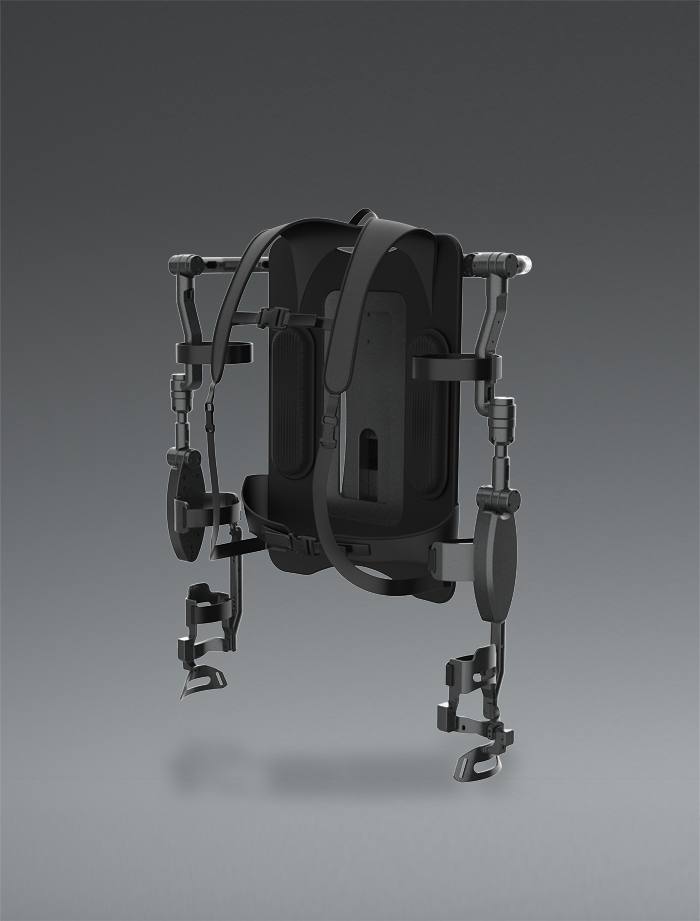The next frontier for artificial intelligence is embodiment—the ability for AI to perceive, reason, and act within a physical environment. While large language models excel at processing digital information, they lack a physical presence. Daimon Robotics is at the forefront of bridging this gap. We specialize in developing the core hardware and software that allows intelligent robots to interact with the real world reliably and dexterously. Our work focuses on integrating high-resolution tactile sensing with advanced vision and language models, creating a unified Vision-Tactile-Language-Action (VTLA) system. This approach is key to unlocking the potential of smart humanoid service robots that can work alongside humans in diverse settings.
The Critical Role of Touch in Embodied AI
Vision alone is not sufficient for complex manipulation. A robot can see a glass, but without touch, it cannot know how hard to grip it without slipping or breaking it. Daimon develops high-resolution multimodal tactile sensing systems that provide robots with a rich sense of touch. These sensors can detect pressure, vibration, temperature, and slip. This tactile feedback is crucial for handling delicate objects like laboratory samples or irregularly shaped items in a warehouse. It allows a smart humanoid service robot to perform tasks with a level of care and precision previously impossible. By fusing this tactile data with visual input, the robot builds a comprehensive understanding of its interaction with an object, enabling stable and adaptive grasping.
From Sensing to Action: The Power of Dexterous Hands and VTLA Models
Advanced sensing requires an equally advanced means of manipulation. Daimon designs sophisticated dexterous hands and grippers that range from robust two-finger grippers for industrial tasks to multi-fingered, anthropomorphic hands for more human-like manipulation. These hardware solutions are powered by our core software innovation: the VTLA manipulation model. This model integrates Visual data (what the robot sees), Tactile feedback (what the robot feels), and Language instructions (what the robot is told to do) to generate the correct Action. For example, in our smart humanoid service robots, a robot can be instructed via language to “carefully pick up the fragile test tube.” The VTLA model combines this command with visual identification of the tube and real-time tactile feedback to execute a gentle and precise pick-and-place action, safely automating delicate experimental procedures.
Conclusion
The future of robotics lies in embodied intelligence that seamlessly blends perception with action. Daimon’s focused development of tactile sensors, dexterous hands, and the VTLA model is providing the essential building blocks for this future. We are moving beyond simple pre-programmed motions to create robots that can adapt, learn, and interact with the physical world in a smart and sensitive way. This progress is paving the way for the widespread adoption of smart humanoid service robots, transforming industries from intelligent manufacturing to laboratory automation and ultimately enhancing safety and efficiency in our daily lives.


